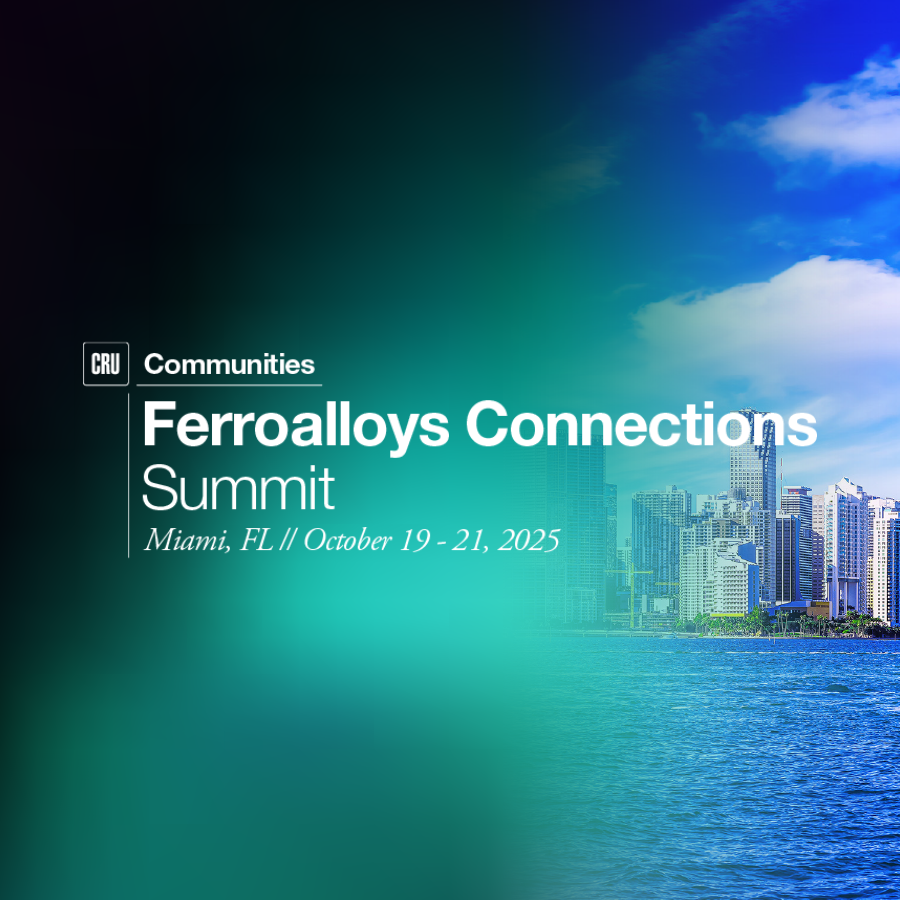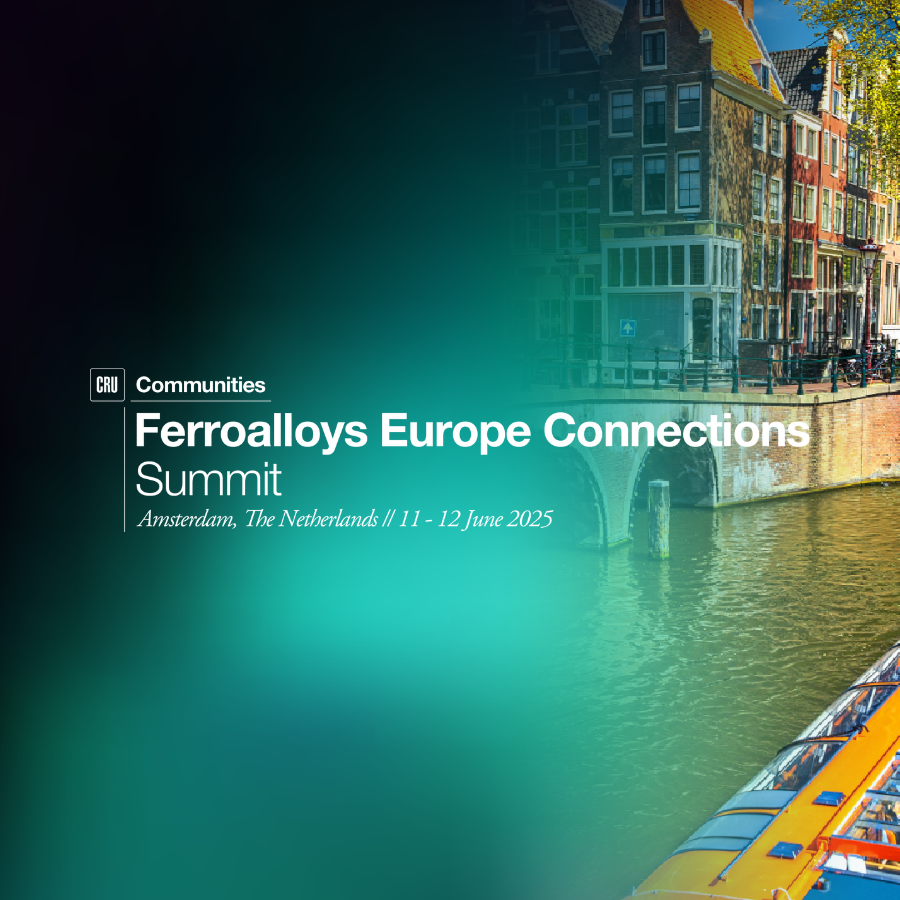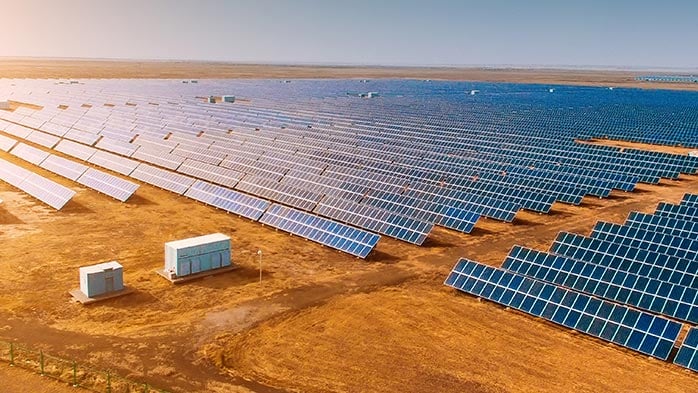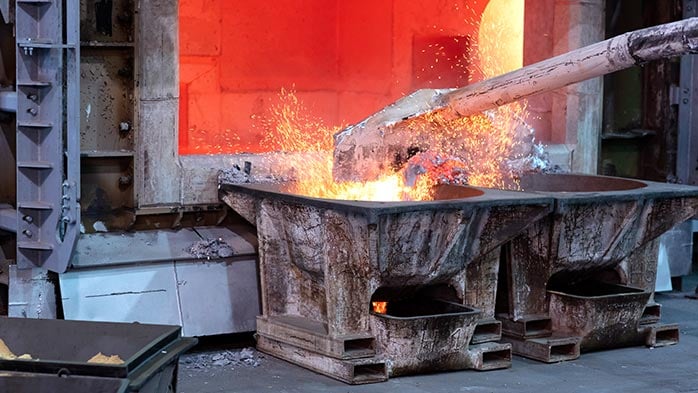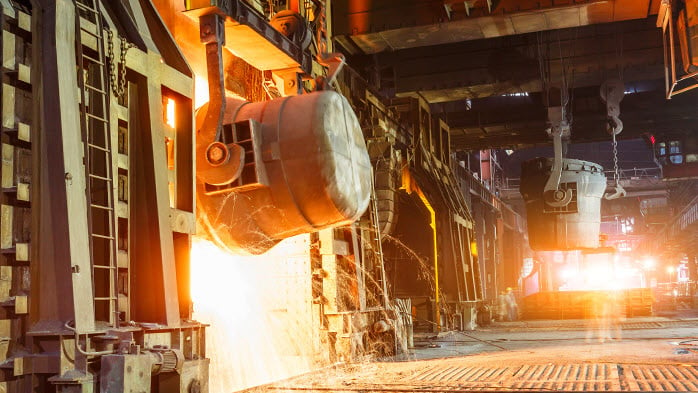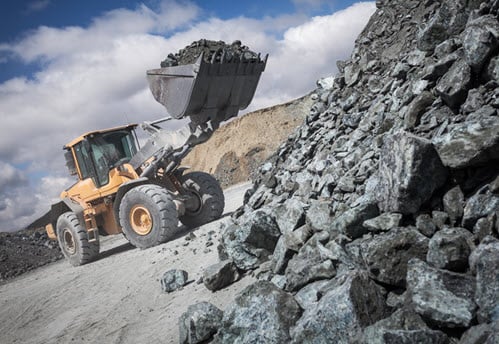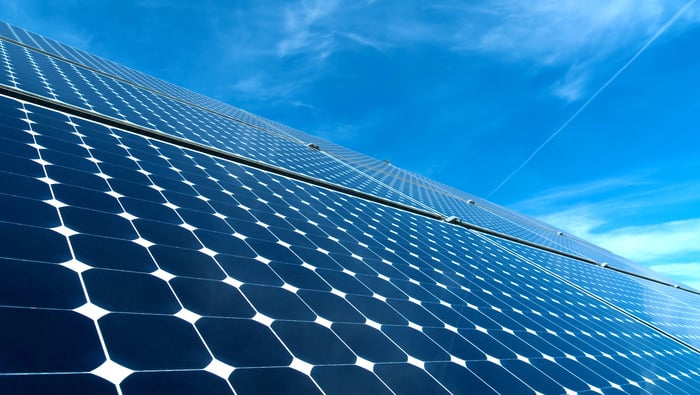At the 2024 CRU Ferroalloys conference in Amsterdam, Netherlands, stakeholders in the ferroalloys industry gathered to hear from experts and discuss major trends and outside factors that will impact their business in this year. Over 450 professionals from more than 50 countries gathered in Europe to attend the event from 11 June–13 June, which brought together buyers and sellers from across the ores, ferroalloys, steel and minor metals markets.
Weak demand creates subdued atmosphere
Due to the weak economic environment and slow demand, the market was challenging with little appetite for purchasing among buyers. High interest rates continue to inhibit private investment, and falling end-user demand means some producers will start their annual maintenance early ahead of slower summer months.
Ferroalloy producers reported that there were no signs of improvement from the carbon steel sector, and their outlook for the year-end did not indicate an improvement. Some carbon steel producers reported they have had to reduce production at some sites to maintain utilisation close to 80% at their operating plants. Some mills and traders procured additional volumes of Mn alloys to hedge against any price volatility.
Sentiment among the stainless steel sector was largely positive, but there was an element of caution. Some sellers are enjoying less competition due to recent strikes in Europe. There have been multiple conversations about moderate demand for stainless steel products, while some participants reported full order books, especially for speciality steel grades.
However, aviation and defence sectors increased their demand for strategic resources as defence budgets have risen as a proportion of GDP for many major economies, including the UK, US, France and Germany.
Global supply chain challenges expected to drive prices up despite low demand
The impact of supply chain disruption was a key topic at the event. From production shutdowns to limited shipping routes, and mine outages to high freight costs, industry experts shared opinions about ferroalloys trends for the months ahead.
Manganese ore is a case in point. South32’s large Groote Eylandt mine in Australia has been shut down due to cyclone damage to the mine, port and associated infrastructure. While South32 are investigating options to restart shipping, volumes – if any – seem likely to remain low ahead of the completion of the wharf rebuild in 2025 Q1. Ore prices have soared, especially for high-grade ore.
These increases have already fed through to manganese alloy prices as smelters attempt to cover current and potential costs. However, ferroalloy sellers expressed concerns about the difficulties in passing these on to steel buyers amid subdued demand. Some Indian ferroalloy producers appear to be averaging ore costs rather than pricing with replacement values. More broadly, there have been production cuts across several commodities which have not been successful in rebalancing markets (e.g. ferrochrome).
Many of the speakers pointed out the need for new investment in the shipping sector to support current geopolitical instability. For example, political tensions are increasing lead times and freight to and from Asia, while Chinese demand for raw materials remains strong. Moreover, congestion at the main ports and disruptions in South Africa are adding to the pricing pressure. Overall, cost-side factors are driving up prices while demand continues to constrain growth.
Market faces turmoil for EUBM discontinuation
Multiple conversations focused on the discontinuation of the European Chrome Benchmark price. While European participants claimed the Chrome Benchmark had become unreflective of real market prices, the announcement created disruption outside Europe, mainly in Asia and the US. As a result, there have been speculations about Samancore taking over the Benchmark with Asian mills, though no official statement could be collected at this time.
Instead, European participants shared their intentions to use existing, more liquid indexes to price their material. The most viable alternatives seem to be discounting from the EU HC 54–60% Cr, EU HC 60–64.9% Cr, or EU HC 65–70% Cr indexes, or a combination of these.
What lies ahead?
Most market participants seem cautious in their outlook for demand for the rest of the year, especially those in the carbon steel sector. The uncertainty surrounding demand is a factor in keeping some buyers on the sidelines, and general demand weakness could put downward pressure on prices.
Offsetting is this are supply-side pressures, which are raising costs (e.g. shipping and logistics costs), or even more significantly – manganese ore prices. These have the potential to support future prices increases even if demand remains subdued.




